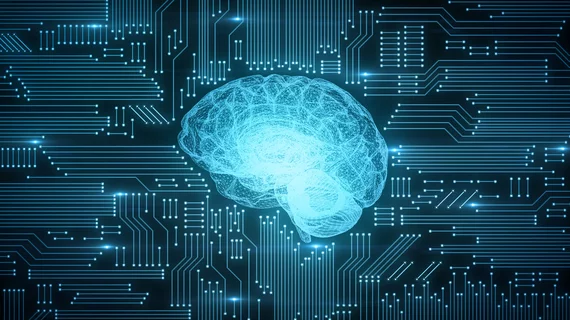An artificial intelligence algorithm scored higher marks than emergency physicians at pinpointing fractures, but it failed to beat out experienced radiologists, according to a study published Monday.
The retrospective analysis included nearly 900 patients under the age of 18 and imaged for non-life-threatening trauma. French imaging experts retrospectively analyzed radiographs of the shoulder, arm, elbow, forearm, wrist, hand, leg, knee, ankle and foot for the analysis.
AI was able to predict 174 out of 182 fractures with a sensitivity of 95.6% and specificity of 91.6%. That’s compared to a sensitivity of 98.35% for pediatric radiologists and 95.05% for senior residents, authors wrote in Pediatric Radiology. Meanwhile ED docs logged a sensitivity of just 81.87% while junior residents landed at 90.1%.
The algorithm also was able to identify three fractures (or 1.6%) that were not initially seen by a pediatric radiologist.
“Failure to diagnose fractures early in children may lead to serious consequences for growth,” lead author Idriss Gasmi, with the Department of Radiology at Caen University Medical Center in France, and colleagues wrote March 6. “This study suggests that deep learning algorithms can be useful in improving the detection of fractures in children,” they added later.
Read more about the results in the official journal of the Society of Pediatric Radiology below (subscription/payment required).

